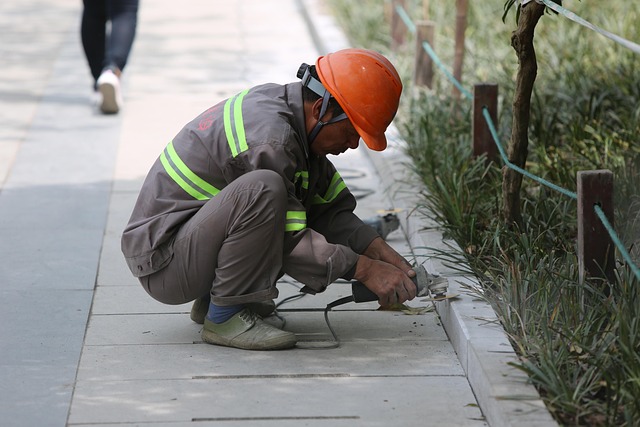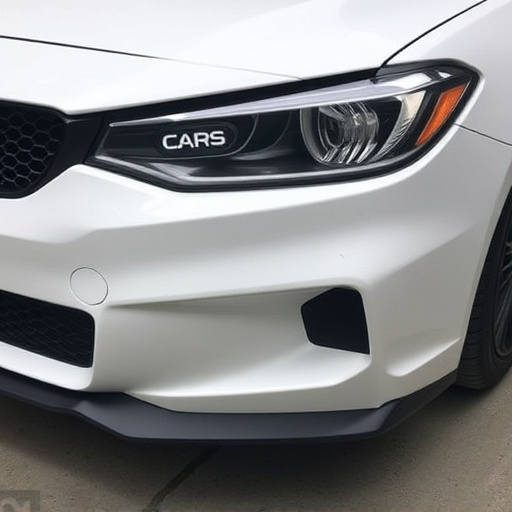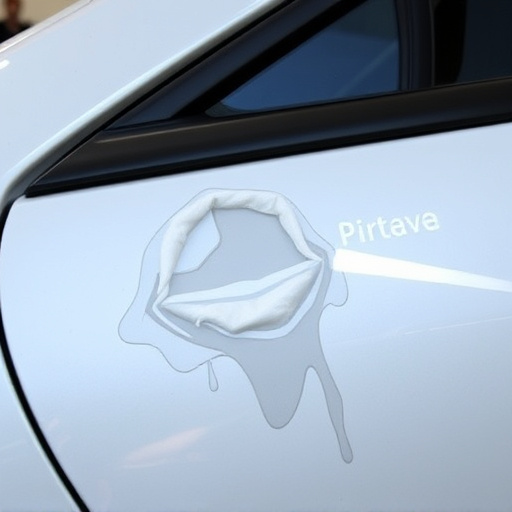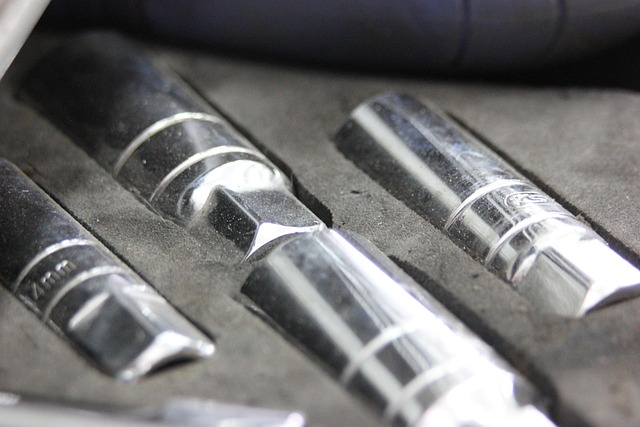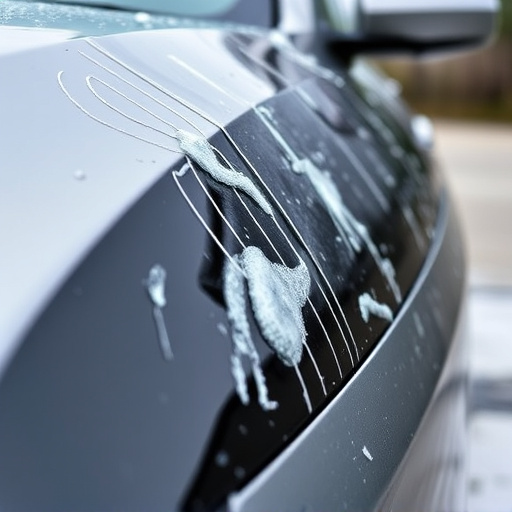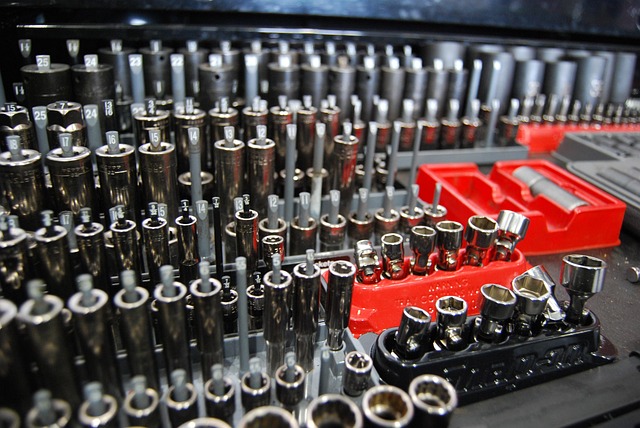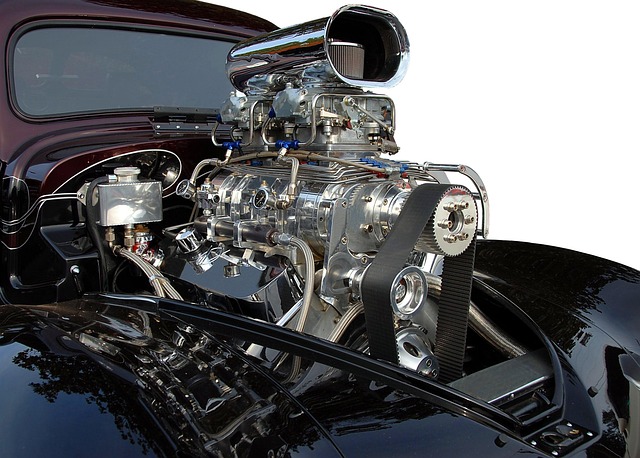Direct repair programs (DRPs) are gaining global traction, especially in urban centers with high population density and vehicle ownership. North America, led by cities like New York and Los Angeles, has been a pioneer, followed by Asia-Pacific regions like Japan and South Korea. These programs streamline auto repairs through collaboration between automakers, insurance providers, and certified facilities, reducing costs and expediting service. DRPs are expected to expand worldwide due to factors like dense populations, consumer expectations for transparent pricing and efficient service, and a focus on sustainability and eco-friendly practices. Europe's well-established automotive repair industries further facilitate the growth of these programs.
Direct repair networks, or direct repair programs (DRPs), have gained significant traction worldwide, offering sustainable and cost-effective solutions for various industries. This article explores the geographical regions leading the adoption of DRPs and delves into the sectors most benefited by this initiative. We’ll also uncover future trends, focusing on digital transformation, global expansion, and alignment with smart city and circular economy goals. By 2025, these programs are projected to revolutionize repair landscapes across industries.
- Geographical Regions with High Adoption Rates
- – North America: Early adopter and leading example
- – Europe: Strict regulations and consumer awareness
Geographical Regions with High Adoption Rates

In recent years, direct repair networks have experienced significant adoption across various geographical regions, driven by a growing need for efficient and cost-effective vehicle repair solutions. These programs have gained traction in both urban and suburban areas, but certain territories stand out for their high rates of implementation. North America, for instance, has been at the forefront of embracing direct repair models, with many insurance companies and auto manufacturers establishing robust networks to streamline auto bodywork and vehicle dent repair. The dense population and high vehicle ownership in cities like New York, Los Angeles, and Chicago have facilitated the growth of these programs.
Asia-Pacific is another region witnessing rapid expansion of direct repair networks. Countries such as Japan, South Korea, and Australia are leading this trend, thanks to their advanced infrastructure and tech-savvy populations. The availability of specialized vehicle repair services and the increasing demand for quick turnaround times have fueled the adoption of direct repair programs in these areas. As mobility continues to shape urban lifestyles, it’s expected that more regions will follow suit, further solidifying the global reach of direct repair networks.
– North America: Early adopter and leading example
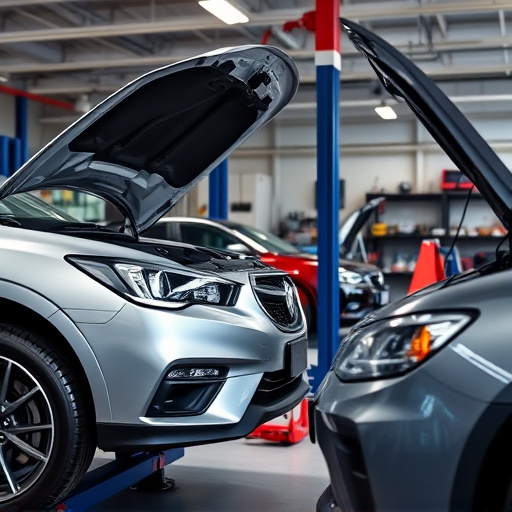
North America has been a trailblazer in implementing direct repair networks, setting a benchmark for other regions worldwide. The continent’s early adoption of this innovative approach to vehicle repair has resulted in a highly efficient and customer-centric system. Many leading automotive brands, including Mercedes-Benz repair centers, have embraced the model, ensuring that repairs are conducted by specialized technicians following stringent quality standards.
This region’s direct repair network is characterized by strong collaboration between automakers, insurance providers, and certified repair facilities. As a result, vehicle owners benefit from streamlined processes, reduced costs, and faster turnaround times for auto body work. The success of this model can be attributed to the dense population, high vehicle ownership rates, and a mature automotive industry, making North America a prime example for others to follow in optimizing vehicle repair services.
– Europe: Strict regulations and consumer awareness

In Europe, the implementation of direct repair networks (DRNs) has been significantly influenced by strict regulations and heightened consumer awareness. Stringent environmental standards and a focus on sustainability have driven the adoption of DRNs, which promote eco-friendly practices by reducing waste and encouraging the use of original equipment parts. Consumers in Europe are increasingly conscious of their rights and the quality of auto repair services, leading to higher expectations for transparent pricing and efficient service. This has created a favorable environment for direct repair programs, as they offer cost-effective solutions while ensuring vehicle safety and reliability through certified repairs at authorized venues.
The prevalence of well-established automotive repair industries across Europe further facilitates the growth of DRNs. Vehicle body shops and auto repair services are widespread, providing ample opportunities for collaboration within these networks. By integrating directly with manufacturers and insurance providers, European DRNs can streamline processes, reduce costs, and enhance customer satisfaction, making them a preferred choice for both consumers and businesses seeking reliable and efficient automotive maintenance solutions.
Direct repair networks have gained significant traction globally, with notable adoption rates in regions like North America and Europe. These areas have embraced the benefits of such programs due to a combination of consumer awareness, strict regulations, and proactive initiatives. As these models continue to evolve, they hold immense potential to reshape the way we approach product maintenance and repair, fostering sustainability and cost-efficiency across various industries.
